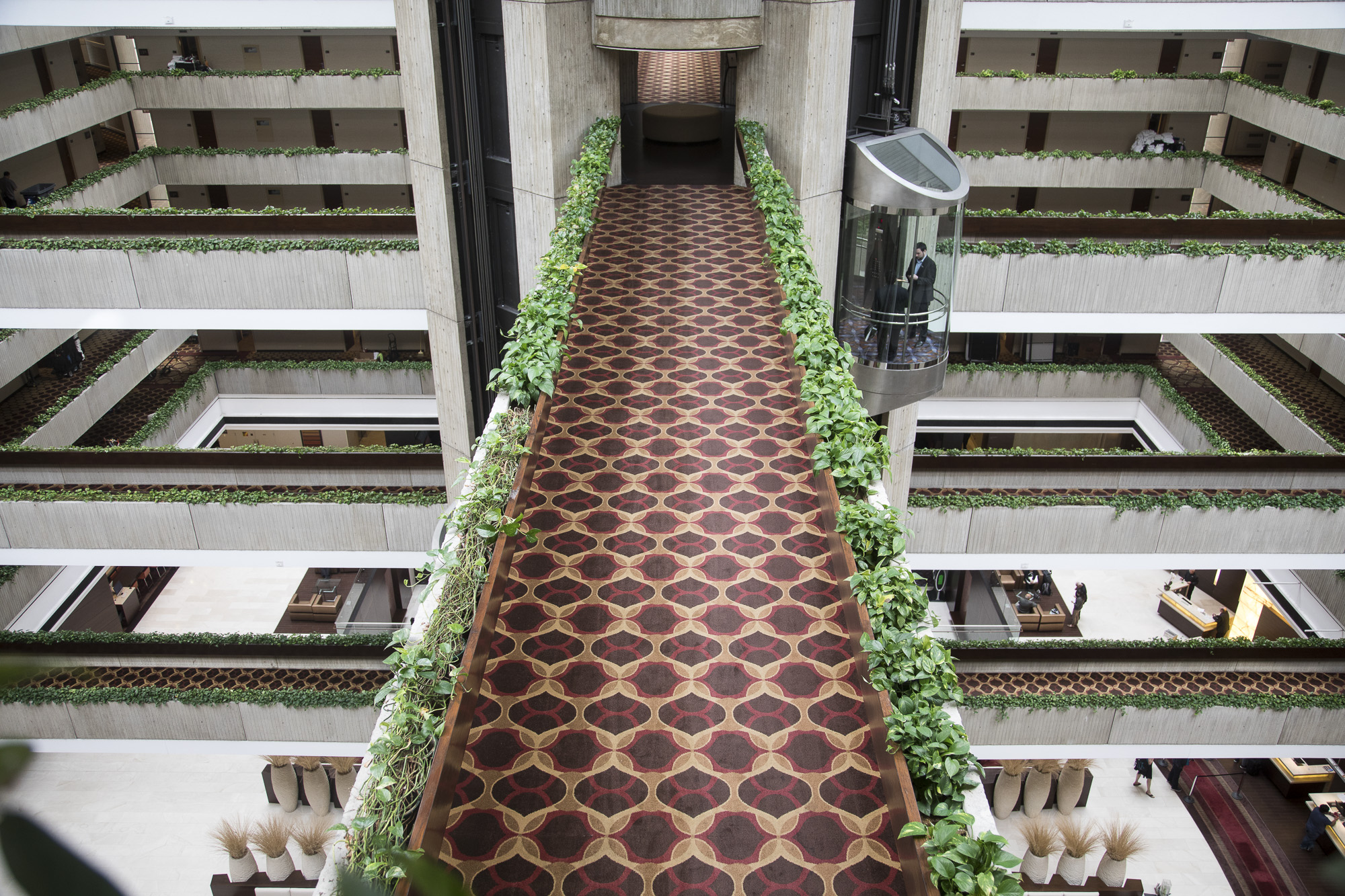Fredric Jameson, "Postmodernism, or The Cultural Logic of Late Capitalism," New Left Review (1984): 55–92.
Ibid., 83.
Ernest Mandel, Late Capitalism (London: NLB, 1972).
Rem Koolhaas, "Atlanta," in Koolhaas, Office for Metropolitan Architecture, and Bruce Mau, S,M,L,XL (Monacelli Press, 1995), 841.
Mohsen Mostafavi ed., Portman's America & Other Speculations (Zurich: Lars Müller Publishers, 2017).
Yukio Futagawa ed., Global Architecture 28 (1974).
Keller Easterling, “Floor,” in Rem Koolhaas, James Westcott, Ben Davis, Stephan Trüby, Harvard University. Graduate School of Design, and Office for Metropolitan Architecture, eds., Elements of Architecture (Venice: Marsilio Editori Spa, 2014).
